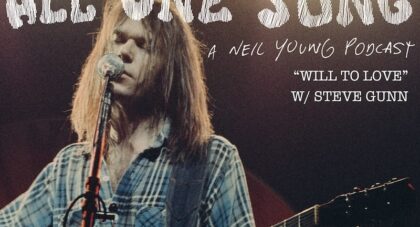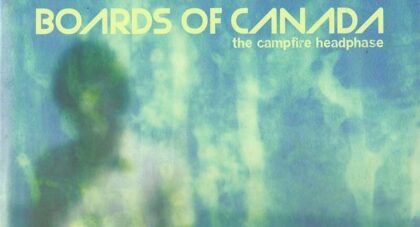Faith Hubley's experimental short film Skydance opens with a simple message: "Reaching for life in the cosmos." Animated in Hubley's unmistakable visual style with sound provided by playwright and musician Elizabeth Swados, Skydance blended jazz and animation. A further blurring of the lines between mediums can be experienced with a new book edition of Skydance, published by Anthology Editions. Part abstract art book, part storybook, it's a remarkable 2D adaptation of Hubley's one of a kind film . . .
Only the good shit. Aquarium Drunkard is powered by its patrons. Keep the servers humming and help us continue doing it by pledging your support.
To continue reading, become a member or log in.


